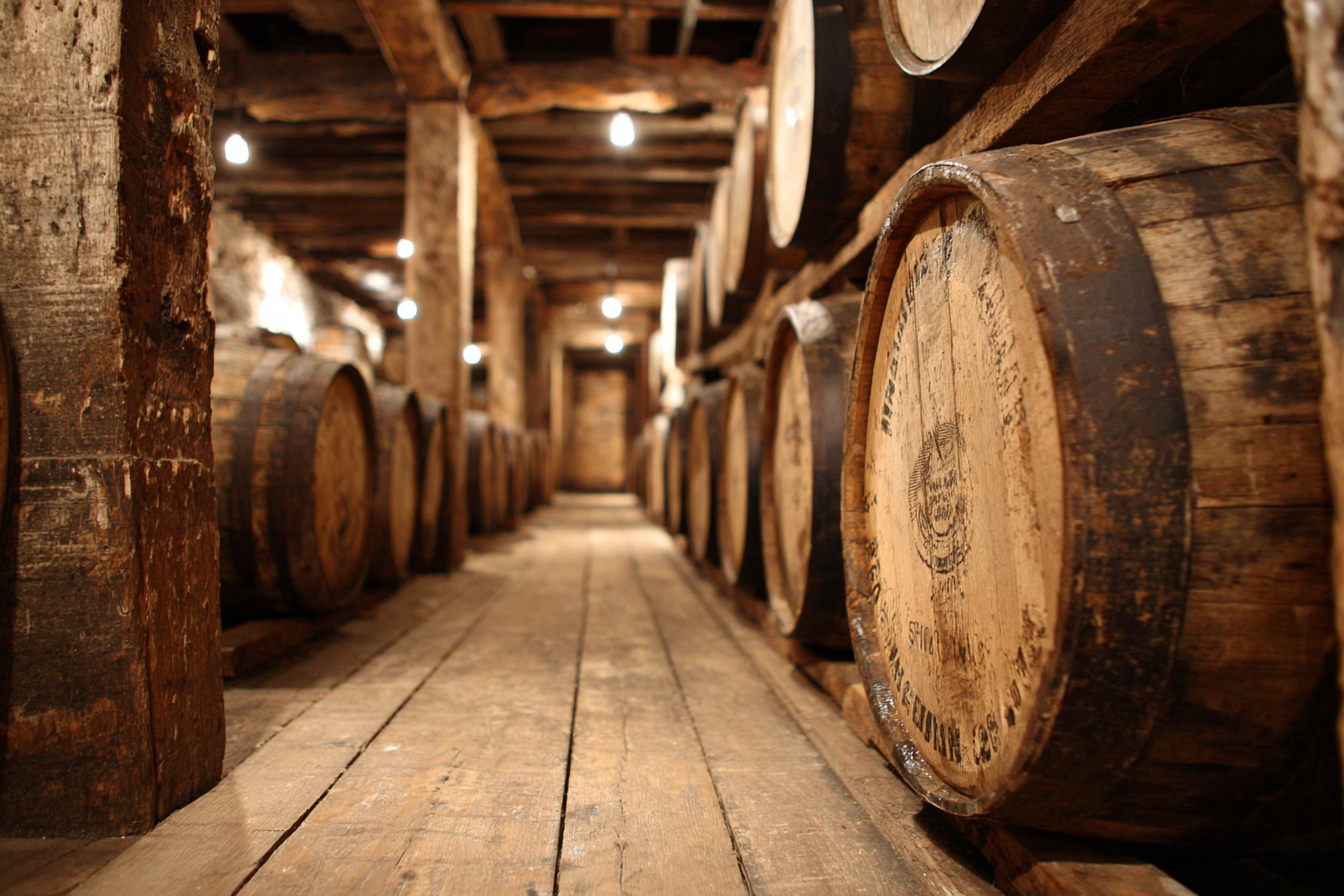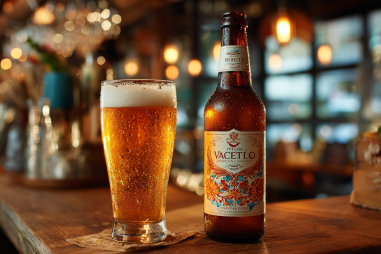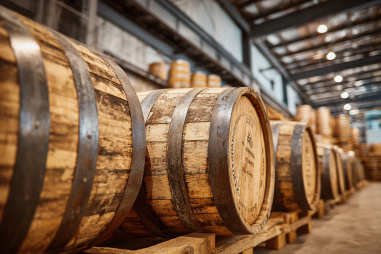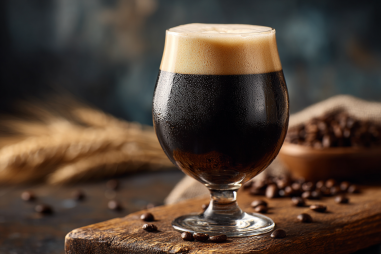When it comes to barrel-aged barleywine, aging time is one of the most crucial aspects that shape the final product. This hefty, flavorful beer doesn’t just sit in a barrel for the sake of tradition; it undergoes a transformative journey that deepens its taste, amplifies its complexity, and elevates its overall drinking experience. From the subtle wood notes and hints of vanilla to a warming alcohol presence, the length of time this beer spends in a barrel can dramatically influence the sensory profile. Whether you’re a brewer or a beer enthusiast curious about the inner workings of barrel-aging, understanding how aging time impacts barleywine offers valuable insights into crafting and enjoying this robust style.
The Importance of Aging in Barrel-Aged Barleywine
Aging is more than just storing beer in a barrel over time—it’s a dynamic process involving chemical reactions, extraction from the wood, and gradual mellowing of flavors. For barleywine, which is already a bold and intense beer, barrel aging introduces new layers of complexity. The wooden barrels, often made from oak and occasionally those previously used for whiskey, bourbon, or wine, infuse the beer with distinctive aromas and flavors such as vanilla, caramel, toast, and sometimes fruity or smoky notes.
The extended aging period allows the beer to interact gently with oxygen present in the barrel. This slow oxidation helps round out harsh alcohol edges and encourages the development of rich, layered flavors, making the beer smoother and more balanced. Without adequate aging, a barrel-aged barleywine may taste sharp, overly boozy, or unrefined. On the other hand, effective aging lets these intense beers become well-rounded masterpieces, showcasing depth and elegance despite their strength.
Short Versus Long Aging Periods Explained
The aging time for barrel-aged barleywine typically ranges from a few months to several years. Understanding the difference between short and long aging periods is key to predicting what to expect from the beer:
- Short Aging (3-6 months): At this stage, the beer begins to pick up the fresh wood flavors and light barrel character. The bourbon or whiskey barrel influence is noticeable but not overpowering, offering subtle notes of vanilla and oak. The beer still retains a lot of the initial robust malt sweetness and hops character.
- Medium Aging (6-12 months): Here, the interaction between beer and barrel deepens. The flavors meld more cohesively, with increased complexity and smoother alcohol integration. Oxidation enhances fruity esters, and the overall profile starts to mellow, losing some of the aggressive edge common in fresh barleywine.
- Long Aging (12 months+): Extended aging yields a luxurious, highly complex barleywine. Barrel flavors become richly embedded, often contributing dark fruit notes like fig, plum, or cherry, as well as pronounced caramel, toasted oak, and even faint tannins. The alcohol warms the palate pleasantly instead of burning. However, aging too long may risk muted hop character or an overly woody taste if not carefully managed.
Effects of Aging on Flavor and Aroma
One of the most fascinating aspects of barrel-aged barleywine is how aging shapes its flavor profile over time. Initially, barleywine showcases powerful malt backbone, strong sweetness, and assertive hop aroma, but barrel aging adds several dimensions:
- Wood and Barrel Characters: Oak imparts its signature tannins, vanilla, and subtle smokiness. If the barrel previously housed spirits, notes of caramel, toffee, butterscotch, and even coconut can infuse into the beer.
- Esters and Fruitiness: Slow oxidation promotes the formation of esters that contribute fruity aromas reminiscent of dried fruits like raisins, figs, and dates.
- Caramelization and Toast: With extended aging, malt flavors deepen into rich caramel, toffee, and even slight molasses tones, complemented by toasted oak nuances.
- Reduction of Harsh Alcohol and Green Notes: The aging process smooths out the sometimes sharp, hot alcohol bite typical in high ABV barleywines, making the warm alcohol presence more pleasant and balanced.
Overall, the aroma evolves from predominantly sweet malt and hops into a complex bouquet combining bourbon warmth, wood spice, and dark fruit undertones.
The Impact on Alcohol Strength and Mouthfeel
Barleywine is famously high in alcohol—typically ranging between 8% to 12% ABV or higher. Aging in barrels can affect both the perceived alcohol strength and the beer’s mouthfeel.
Contrary to what some may think, actual alcohol content usually remains stable during barrel aging since evaporation is minimal in sealed barrels. However, the perception of alcohol heat decreases markedly with aging. This is because smooth integration of alcohol with malt sweetness, barrel flavors, and oxidation helps soften the spirit-like burn.
The mouthfeel also becomes richer and fuller over time. Barrel-aged barleywine often feels more viscous and velvety thanks to the interaction with wood and the breakdown of harsh compounds. Aging enhances carbonation smoothness, creating a luxurious, warming sensation ideal for sipping slowly.
Factors Influencing Optimal Aging Time
Determining the ideal aging duration for barrel-aged barleywine isn’t set in stone. Several factors influence how long the beer should mature to reach its peak:
- Barrel Type and Previous Use: New oak barrels contribute bold wood characteristics fast, so shorter aging might suffice. Conversely, barrels that once held bourbon or wine offer more subtle nuances over time, often benefitting from longer aging.
- Initial Beer Profile: A barleywine with higher bitterness or hop intensity might require longer aging for balance, as hops tend to fade faster than malts in barrels.
- Desired Flavor Profile: Brewers aiming for pronounced spirit and oak flavors lean toward extended aging, while those preferring the beer’s original malt character might choose shorter periods.
- Storage Conditions: Temperature, humidity, and barrel maintenance impact aging speed and quality. Consistent, moderate cellar conditions favor even maturation.
How Brewers Decide When to Bottle
Seasoned brewers rely on careful sensory evaluations combined with experience to decide when a barrel-aged barleywine is ready for bottling. This involves regularly sampling the beer from the barrel throughout the aging process, paying close attention to:
- Balance between wood-derived flavors and the beer’s natural malt and hop character
- The smoothness and integration of alcohol
- The development of desirable complexity such as dark fruit and caramel notes
- Absence of off-flavors or excessive oxidation
Often, the decision to bottle also depends on market timing and demand, but quality remains paramount. If the beer shows promising character but needs more time, brewers will delay bottling, willing to sacrifice immediate sales for a superior final product.
Recommendations for Home Aging Enthusiasts
If you’re a homebrewer or beer enthusiast interested in experimenting with barrel-aged barleywine, patience and care go a long way. Here are some tips to make the most of your aging journey:
- Start with Quality Barleywine: Use a malt-forward, well-balanced base that can stand up to long aging.
- Choose Your Barrels Wisely: For beginners, small oak spirals or cubes can mimic barrel aging effects gradually. If you have access to barrels, ensure they are clean, food-grade, and suited to spirits used previously if applicable.
- Manage Storage Conditions: Store your barrels or containers in a cool, stable environment away from direct sunlight.
- Monitor Regularly: Sample the beer every few months to gauge changes. Keep detailed notes on flavor evolution and take photos if desired.
- Be Patient but Realistic: Home-aged barleywine can benefit from 6 months to over a year of aging depending on conditions. Avoid rushing the process but also know when to bottle to prevent over-aging.
Remember, aging is as much an art as a science. Each barrel and batch offers a unique aging timeline and flavor journey.
Why Patience Makes a Difference
In the world of barrel-aged barleywine, patience truly pays off. Allowing your beer the proper amount of aging time opens up a dynamic spectrum of flavors, aromas, and textures that are impossible to achieve in young barleywines. The slow interaction with wood and oxygen crafts a beer that is smoother, rounder, and more complex—rewarding those willing to wait with an extraordinary drinking experience.
Whether you prefer a shorter, fresher take or a long-aged, intricate masterpiece, understanding the impact of aging time empowers you to make informed decisions, appreciate the craft, and enjoy barrel-aged barleywine at its finest.







